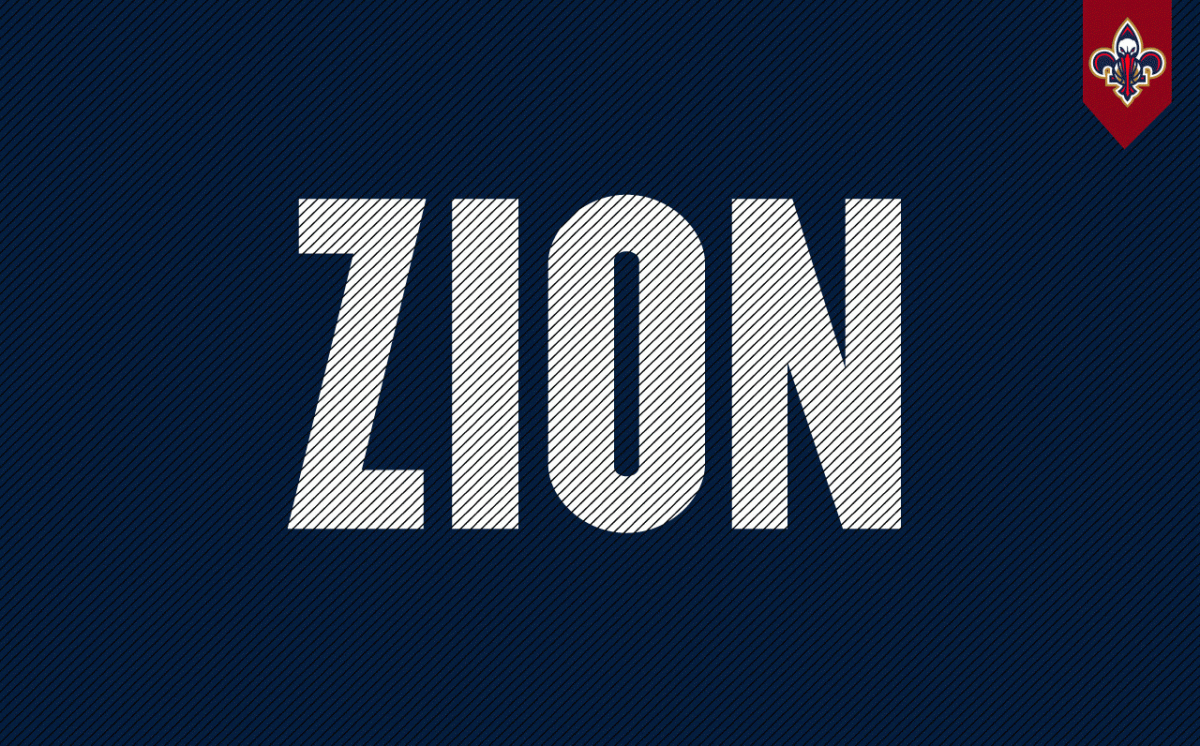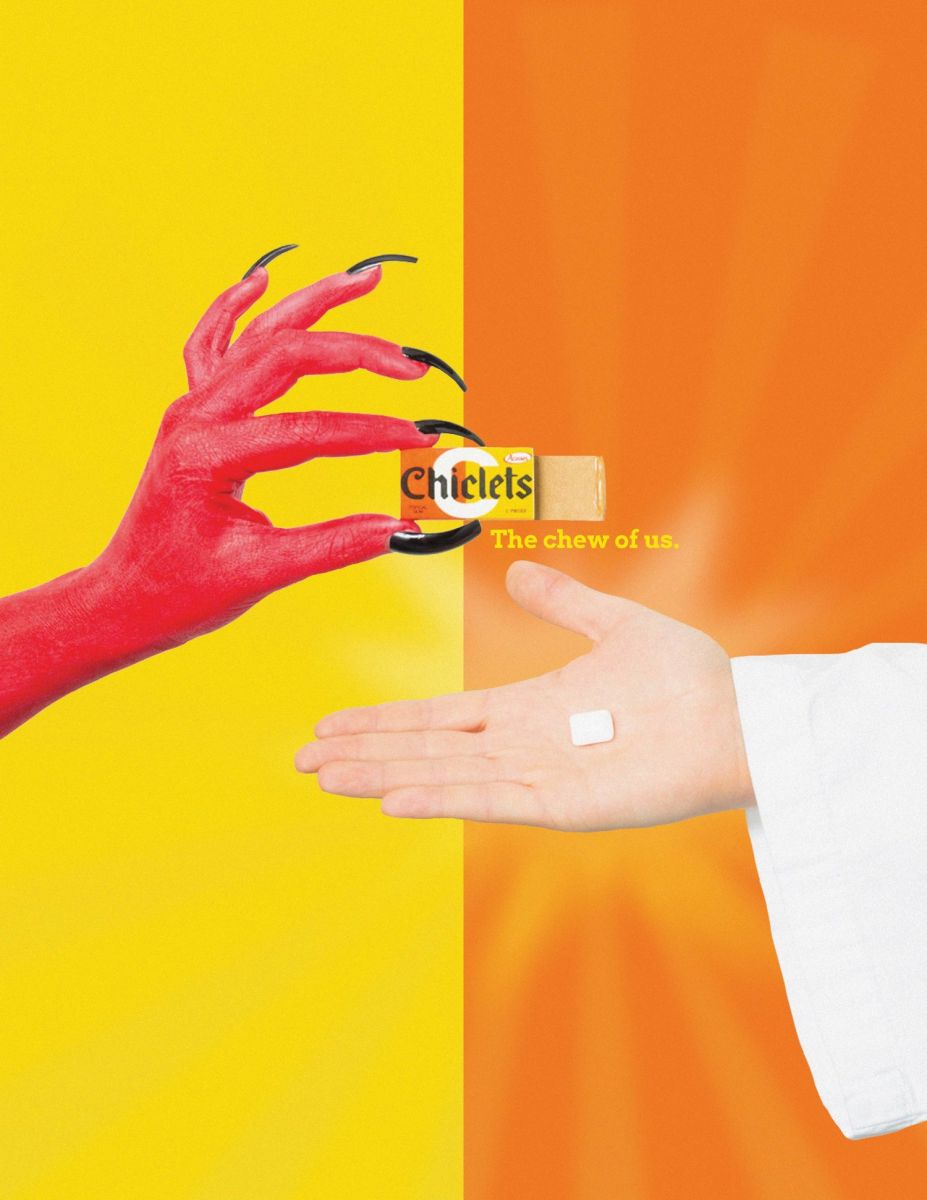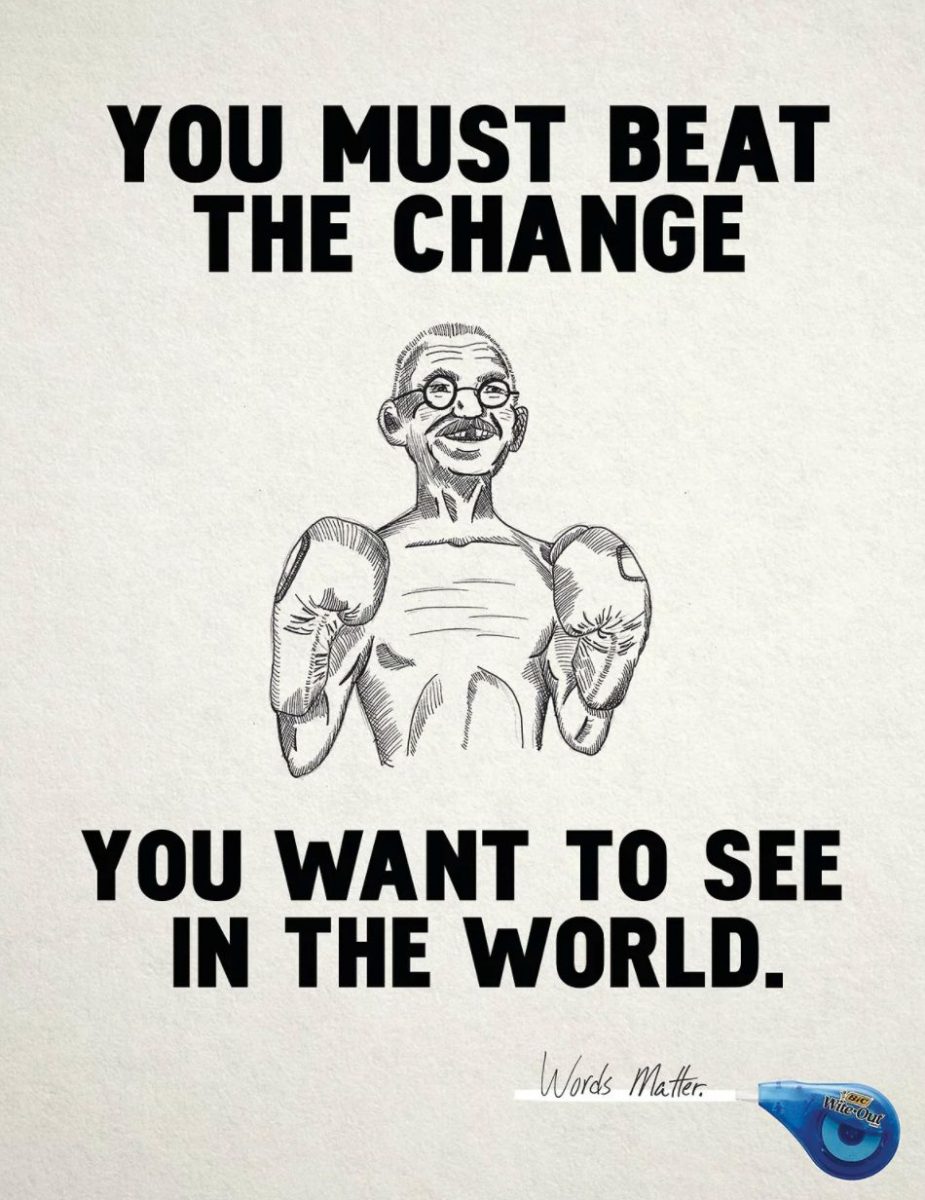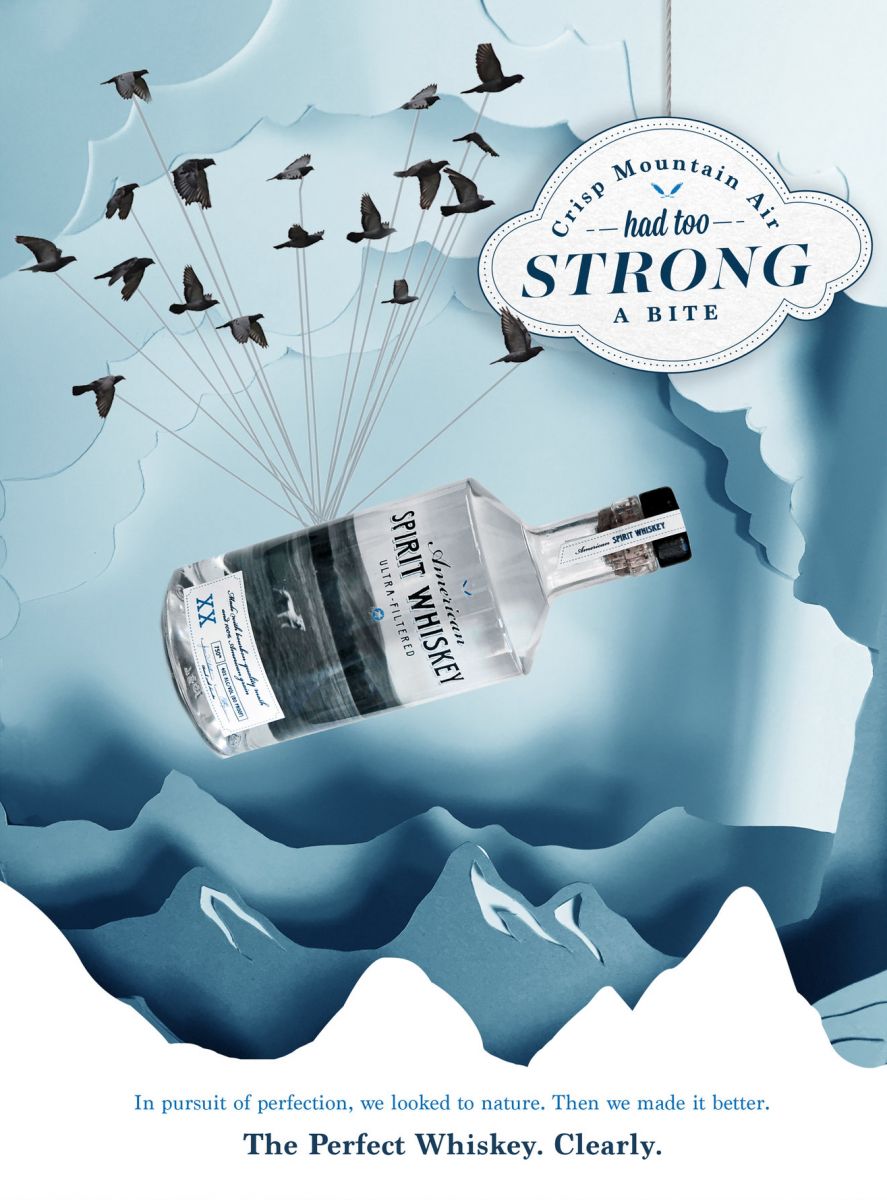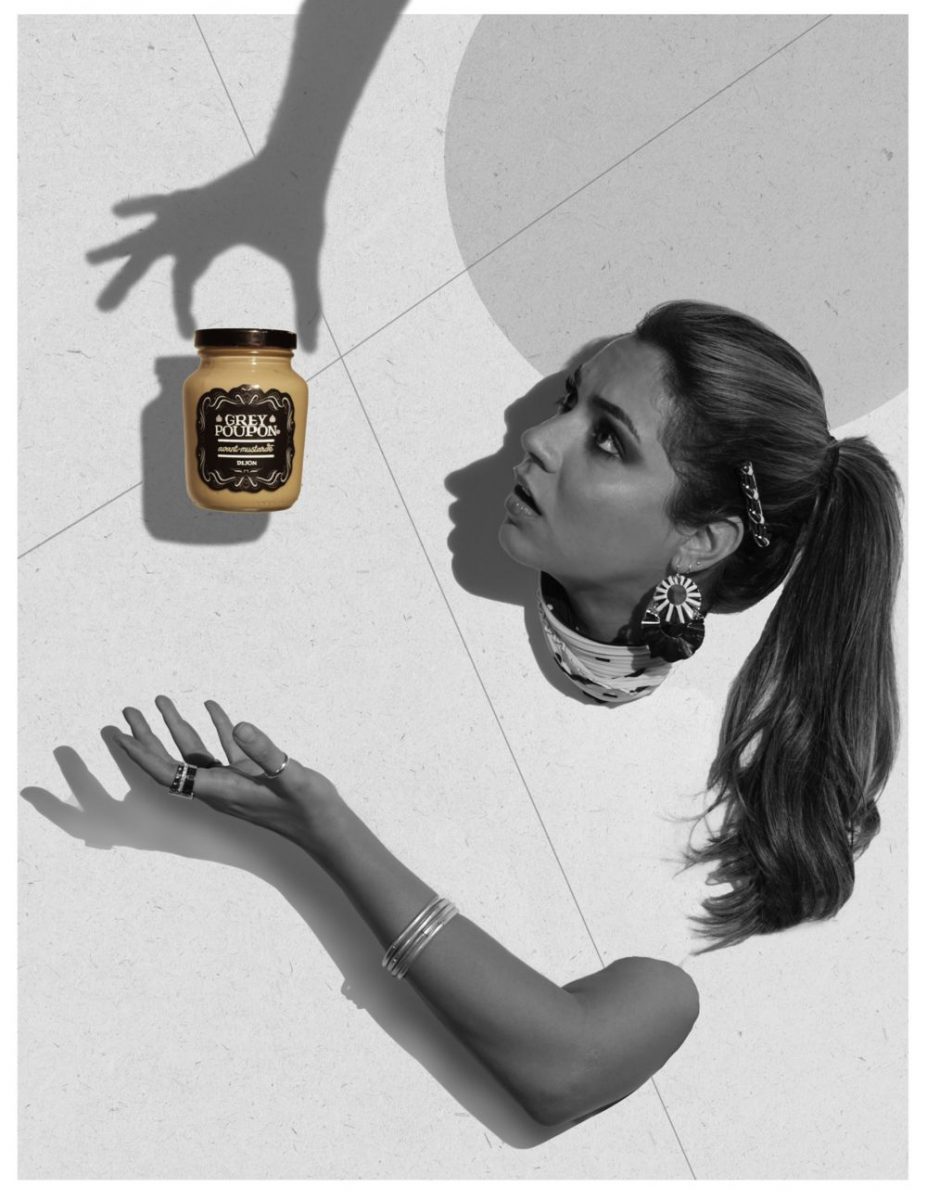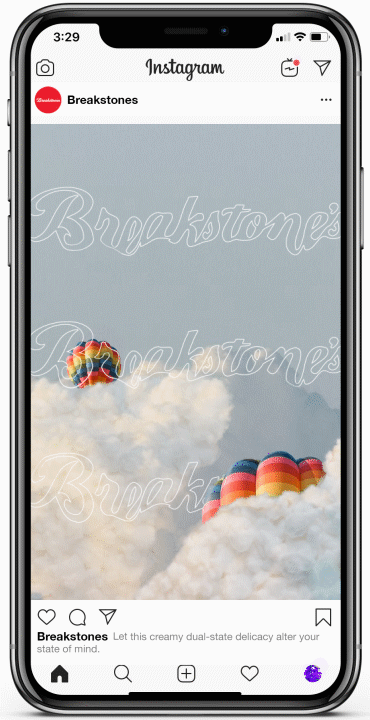Art Direction
For the average human, the color green is, well, the color green. For art directors, there’s a little more to it than that. It’s lime green. Or emerald green. Or olive green with 7% more cyan for attitude. Art directors are masters of visual storytelling and craft, but it’s not just about “making things look pretty”; art directors must be strategic business problem solvers. Working hand-in-hand with copywriters, art directors brainstorm big ideas then bring them to life via an arsenal of mediums like print, digital, social, outdoor, experiential, “made you look” non-traditional ideas and everything in between. A few tools of the trade are an exceptional understanding of color, typography, page layout, and the occasional exacto-knife. Art Directors are well-versed in Photoshop, Illustrator and InDesign, with additional training in motion graphics, editing, styling, and content/image creation (but we get back to basics with Sharpies and sketch pads, too). Simply put, a Creative Circus art director is an imaginative thinker and a multi-faceted doer, and this is why our reputation in creative industries worldwide speaks for itself.
Program Description
The Creative Circus Art Direction curriculum is based on real-world practices. Coursework is broken down into three basic areas of study: strategy, concept and execution. To work in the communication arts industry, an art director must show proficiency in all three areas. Strategy is the beginning of the creative process, where the student will get a firm understanding of dissecting a creative brief and the importance of communicating clear messaging to a target audience. Concept is translating a strategic platform into consumer-friendly “big ideas”, and finally – execution – where it all comes seamlessly together through the marriage of visuals and copy.
Before an Art Direction student can begin thinking about a final portfolio, they must also master the fundamental skills required for visual communication. The first year of the Art Direction program is focused on learning the foundation of design principles, in addition to the beginnings of strategic and conceptual thinking. Classes like Intro to Art Direction, Strategy, Type, Color Theory and Intro to Creative Teams cement these crucial skills and lay the groundwork for year two.
Once the fundamentals of design and strategy are learned, the Art Direction student applies these skills in more advanced Creative Teams classes – the core of our advertising curriculum – which is taught at all levels. In these classes, the Art Direction student is teamed with a Copywriter student to develop campaigns for speculative real-world assignments. These late-quarter projects are refined and critiqued by program directors, seasoned instructors, and industry professionals to ultimately become a Circus-worthy and industry-ready professional portfolio.
Request a Curriculum!
Need a more detailed look at the classes?
We’ll email you a complete Course Description.
[gravityform id=101 title=false description=false ajax=true]
Classes
Want to dive into the nitty-gritty? Here’s a small sample of the classes you’ll take in the Art Direction program.
Intro to Art Direction
Via layout exercises and lecture, students learn basic principles of art direction and visual storytelling by working with various design and copy elements. Students learn basic production practices. Overview on the Art Director’s role in a team and agency environment.
Typography 1
A variety of exercises explore type (on and off the computer) as a method for giving meaning, character and energy to letters and words.
Strategy
Strategy is the foundation of any creative project and is the first step to developing great work. In this class, students from all disciplines collaborate to understand and develop strategic platforms and creative briefs based on insights, demographics, psychographics, client limitations and brand truths. Understanding a brand’s promise is paramount. In this class, it’s the goal.
Basic Digital Photography / Lighting / Styling
This class is designed for non-image students and teaches the basics of digital photography, lighting and studio styling, as a building block towards executing digital/social content.
Introduction to Creative Teams
Introduces the student to the basic work structure in which he or she will work through the remainder of both school and professional careers. Teamed with a partner, the student will be exposed to the techniques of joint brainstorming, concept development and execution of ideas through “thumbnails” or “comps.”
Color Theory
This class begins the exploration of color as a foundation of design; exercises and projects apply color theory to specific and diverse creative problems with varied media and dimension.
Advanced Workflow
Teaches the Art Director necessary technical skills to gain proficiency in an agency environment. Focus on comping, workflow between Adobe programs and presentation sharing software, and production tips and tricks that enable the Art Director to effectively communicate and sell an idea.
Motion Graphics
Students learn the fundamentals of using After Effects for motion graphics.
Brand Extensions
Students from varied disciplines come together as a team to concept and develop an extension of an existing brand in an effort to enhance the client’s opportunities for revenue. The deliverables cross all media and dimension.
Graduate Portfolio Review | Job Preparation
This class will focus on the final portfolio with in-depth critiques of work, resume and strategy set up. Strong emphasis on overall quality of work, professionalism, and presentation.
Open House – January 29th
Are you curious what Art Directors actually do? What exactly goes on at portfolio school? And why is The Creative Circus named that and will your family and friends think you’re in clown school? Answers to these burning questions and more await. Join us on January 29th at 10 AM for an Open House event.
Graduation Requirements
To graduate from The Creative Circus, an Art Direction student’s final portfolio must show proficiency in strategic thinking, conceptual interpretation, and creative execution. The work in the portfolio should also show a range of creative solutions, audiences, types of media, and voices. Prior to graduation, every student creates a personal identity package, a résumé, and a website.
Career Services
During the final quarter, students meet with the Director of Career Services to discuss career goals and objectives. Graduating Art Direction students also work with an industry professional on personal presentation skills that will benefit them during interviews or presentations to a client. Graduates have access to our alumni listings, agency contacts, portfolio reviews and direct personal assistance from the Director of Career Services, whose services alumni can continue to use the throughout their career.
ART DIRECTION APPLICATION
APPLY NOW
Resources
Program Director
-

Jen Mageau
Program Director, Art Direction
After graduating from The Creative Circus in 2001, Jen worked for over a decade as an Art Director at stints with BBDO, Arnold and The Martin Agency, on brands Cingular Wireless (now AT&T), Volkswagen, Royal Caribbean, McDonalds, Geico, Burt’s Bees and Wal-Mart. In addition to her duties as Art Direction Program Director, she's a freelance art director and designer, and also one half of creative recruiting firm, Knack.
Vices include questionable amounts of iced coffee, excessive Amazon deliveries and late-night internet trolling for dream home real estate listings. She believes one is never too technologically advanced for handwritten thank you notes. Jen is married to an overgrown Boy Scout software engineer from Rhode Island, and you can often find them traveling country backroads in the Airstream they share with their 4-legged wunderpup, Gus.
jennifer.mageau@faculty.creativecircus.edu

